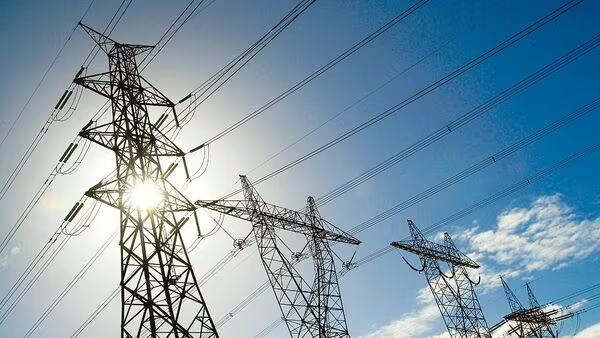Nepal has started exporting 40 megawatts of electricity to Bangladesh using India’s power grid. This marks the first-ever three-nation power deal in South Asia. It is a major step toward regional energy trade and cooperation.
The electricity is sent through the 400-kV Muzaffarpur-Baharampur-Bheramara transmission line, which connects Nepal to Bangladesh via India. Nepal’s Energy Minister Dipak Khadka confirmed the export and said it shows the country’s entry into the global power market.
He also noted that Nepal is now exporting 80MW of power to India’s Bihar state. According to Khadka, Nepal has surplus energy and aims to help ensure energy security in the region. He called this export deal a gateway to a 5000MW power market.
This power exchange was officially launched in November last year during a virtual event. Indian Minister Manohar Lal, Bangladesh adviser Fouzul Kabir Khan, and Nepal’s Minister Dipak Khadka took part in the event. The ceremony marked the beginning of electricity trade from Nepal to Bangladesh through India.
The three countries signed a power sales agreement on October 3, 2024. The agreement includes India’s NTPC Vidyut Vyapar Nigam, Nepal Electricity Authority, and Bangladesh Power Development Board. This deal laid the foundation for the new power export system.
India has been working to boost power connections with its neighbors. It already has bilateral power links with Nepal, Bhutan, Bangladesh, and Myanmar. Talks are also in progress to set up a power grid with Sri Lanka. However, this is the first time India’s grid is being used to pass electricity between two other countries.
This move supports stronger ties in South Asia and helps all three nations. It allows each country to benefit from shared energy resources. It also reduces the need for new power plants by making better use of existing supply.
In April, India’s Power Minister Manohar Lal visited Nepal. He met with officials to review key projects and improve energy cooperation. During his trip, he also checked progress on the Arun-3 Hydroelectric Project in Sankhuwasabha, Nepal. The 900MW project is being developed by India’s SJVN Ltd.
The two sides also signed a memorandum of understanding (MoU) to build new transmission lines. These include the 400kV Inaruwa–New Purnea and 400kV Dododhara–Bareilly double-circuit lines. These future connections will improve power trade between Nepal and India. They are expected to help balance the regional grid and support economic growth.
Nepal has become a clean energy exporter due to its large hydropower capacity. The country produces more power than it needs, especially in the rainy season. By exporting the surplus, Nepal earns foreign currency and strengthens its economy.
Bangladesh, on the other hand, faces high energy demand and limited production. The import of clean hydropower from Nepal provides a green and reliable option. Using India’s grid for delivery helps avoid the need to build a separate connection between Nepal and Bangladesh.
This trilateral deal is a model for future energy partnerships in the region. It shows how cross-border energy trade can be done in a practical and cost-effective way. It also promotes the use of renewable energy and helps cut carbon emissions in South Asia.
The success of this project may open the door for more such deals in the future. It reflects a shared goal of regional cooperation, clean energy use, and economic development through smart energy solutions.


